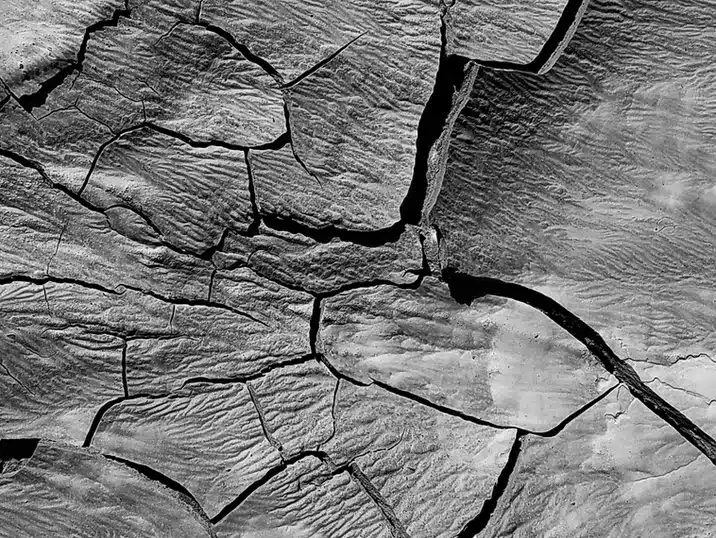Every potter knows that clay shrinks when it dries. This annoying fact can undo all of your hard work, if some parts of your new pot dry out faster and therefore shrink faster than others. Because that’s how you get ugly cracks! You can read more about why clay cracks here. Luckily there’s a lot you can do to prevent cracks.
During the creation process
The first factor that influences the chance of your clay cracking, is the type of pot you are making. For small pieces with an even thickness throughout, the risk is rather small. But no matter what you’re making, it’s crucial to make the walls of your pot as even as possible. This way you reduce the risk of cracks.

Another important factor is the clay you are using. Clay that contains grog shrinks less than clay that doesn’t contain grog. Reducing the risk of cracks.
Are you making a pot that involves attaching two pieces together, for example a mug and a handle? The area where the two pieces connect, is a lot more vulnerable than the rest of the pot.
So make sure that both pieces of the pot have a similare moisture level. And don’t forget to score both pieces well, and to use enough slip when attaching them to each other.
During the drying process
Once your work is ready to dry, there’s a lot you can do to avoid cracks. You can wrap elements that are more vulnerable, like handles and rims, in plastic, or cover them with wax. Make sure that the moisture can escape from the plastic by leaving a small opening.

You could also choose to cover the entire pot with plastic. Then you need to be careful that the plastic doesn’t touch the clay. Otherwise the condensation on the inside of the plastic could make the clay go soft. To avoid that, you can cover your pot with a towel.
Or you can also use a damp box to let your pot dry in a controlled environment. It’s not difficult to make a damp box. Want to learn how? Read all about it here.

Do you prefer letting your pot dry as is? Put it on a shelf or a grid. That way the air can circulate, and reach every nook and cranny of your pot. If you don’t have a shelf or grid available, make sure you turn your pot over about halfway through the drying process. That way the different sides of your creation all get the chance to dry properly.
For bowls, cups and other pots with a rim, you’re better off putting them upside down from the start. That way the rim won’t dry out too fast. Do you have multiple pots with handles that need to dry? Then point the handles toward each other.
There will be slightly less air circulation between your pots than around them. And every little bit helps. Good luck!





